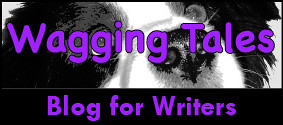Once upon a time there used to be small bookshops
on every street corner, run by helpful, wizened booksellers full of advice and
oak shelves piled high with leatherbound tomes.
We have to fight to make sure Mr Barnes and Mr
Noble and all those other those sweet, cardigan-wrapped, bespectacled and
wild-haired book pedlars don’t end up penniless and destitute, right?
Hardly. The kind of rhetoric you hear in defence of
the poor booksellers being steamrollered by Amazon is pretty much the same as
the rhetoric back in the 90s when those same booksellers (Borders, Waterstones,
Barnes & Noble) were crushing their smaller counterparts with huge book
superstores.
But the down on his luck little guy makes for a
much more compelling argument.
Which is a lesson all storytellers can learn from. If
you want to make a point strongly, if you want characters to be memorable and
for the stakes to feel high, there is one simple way to do it: exaggerate.















































































































